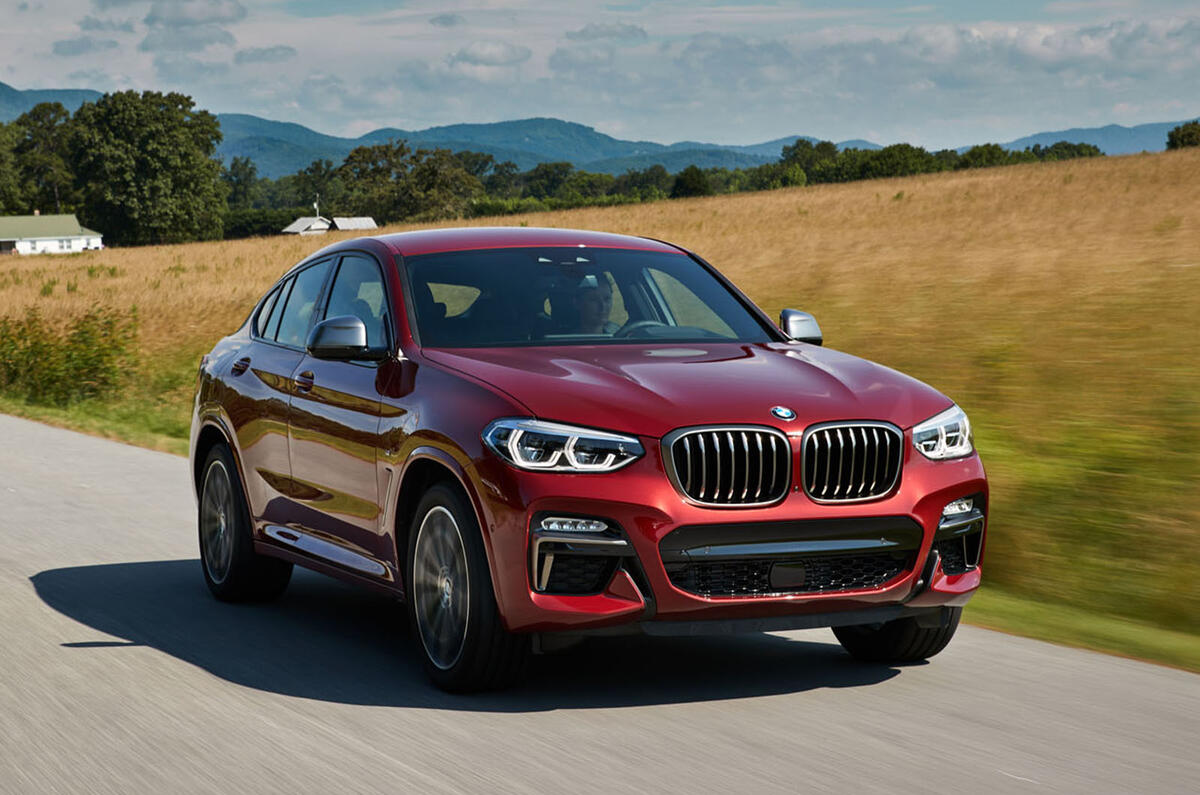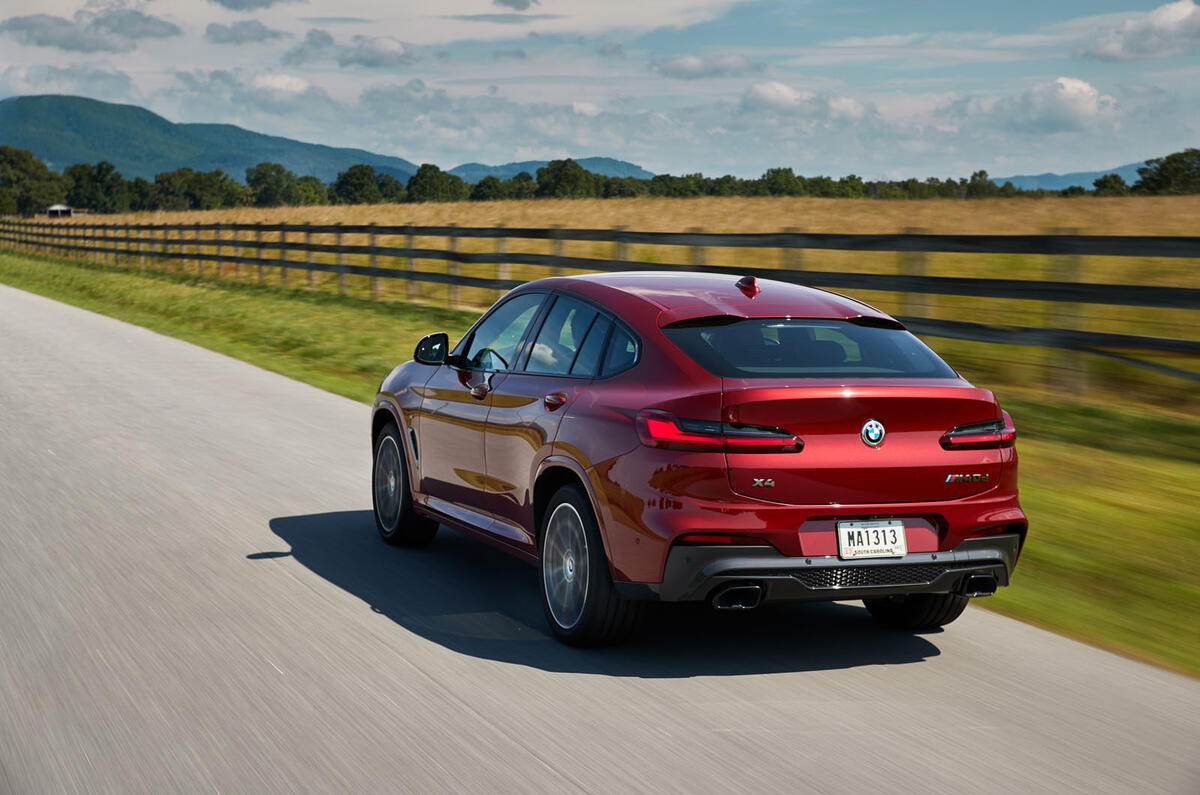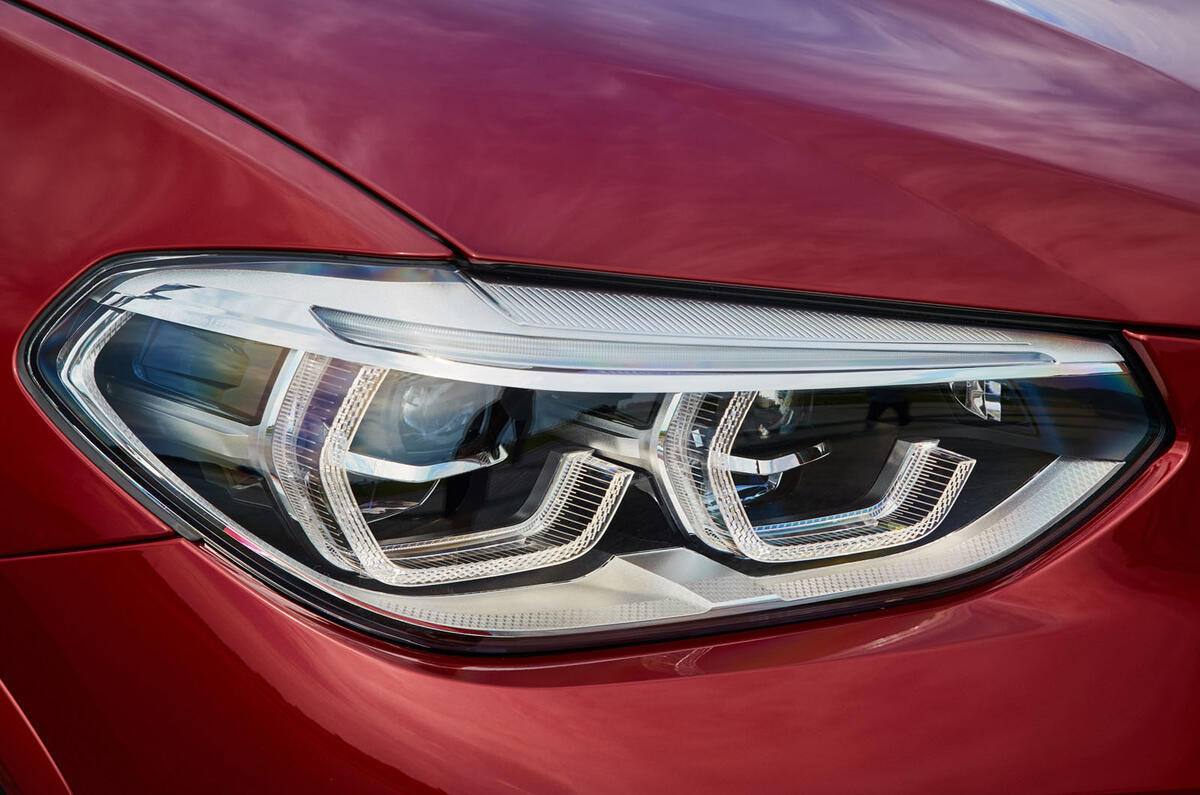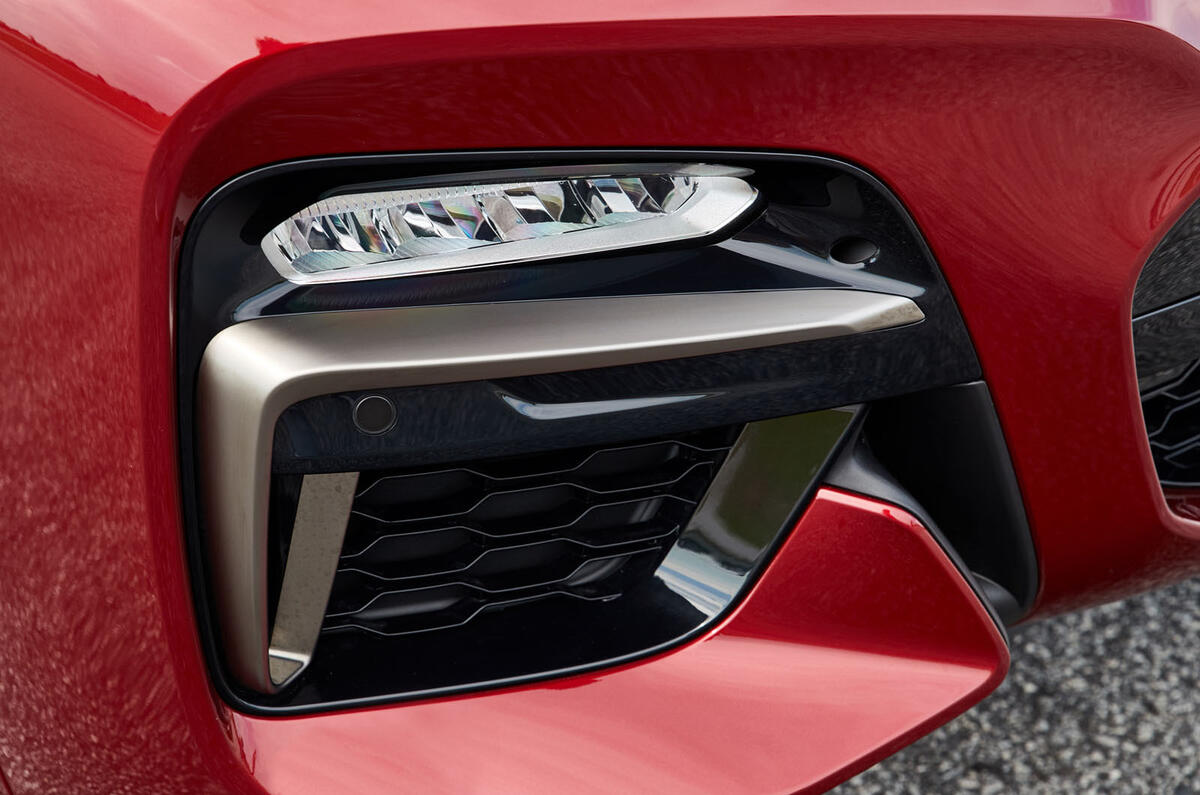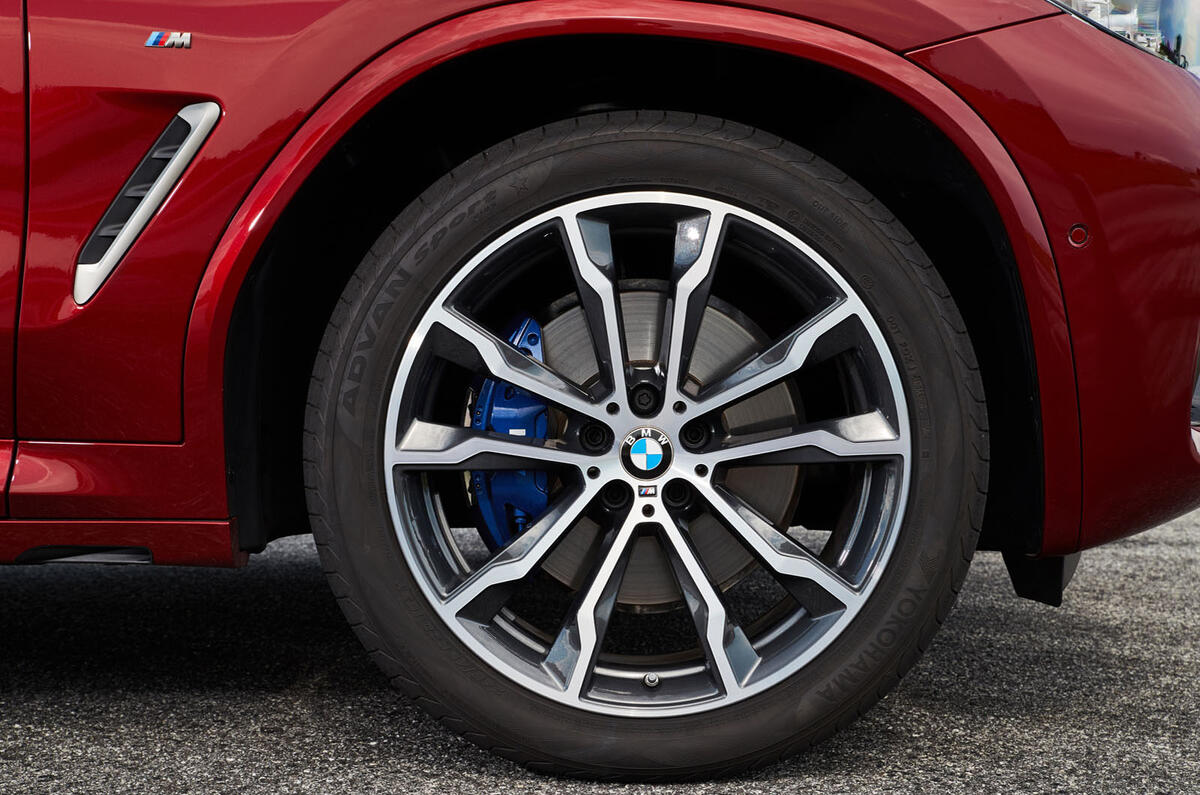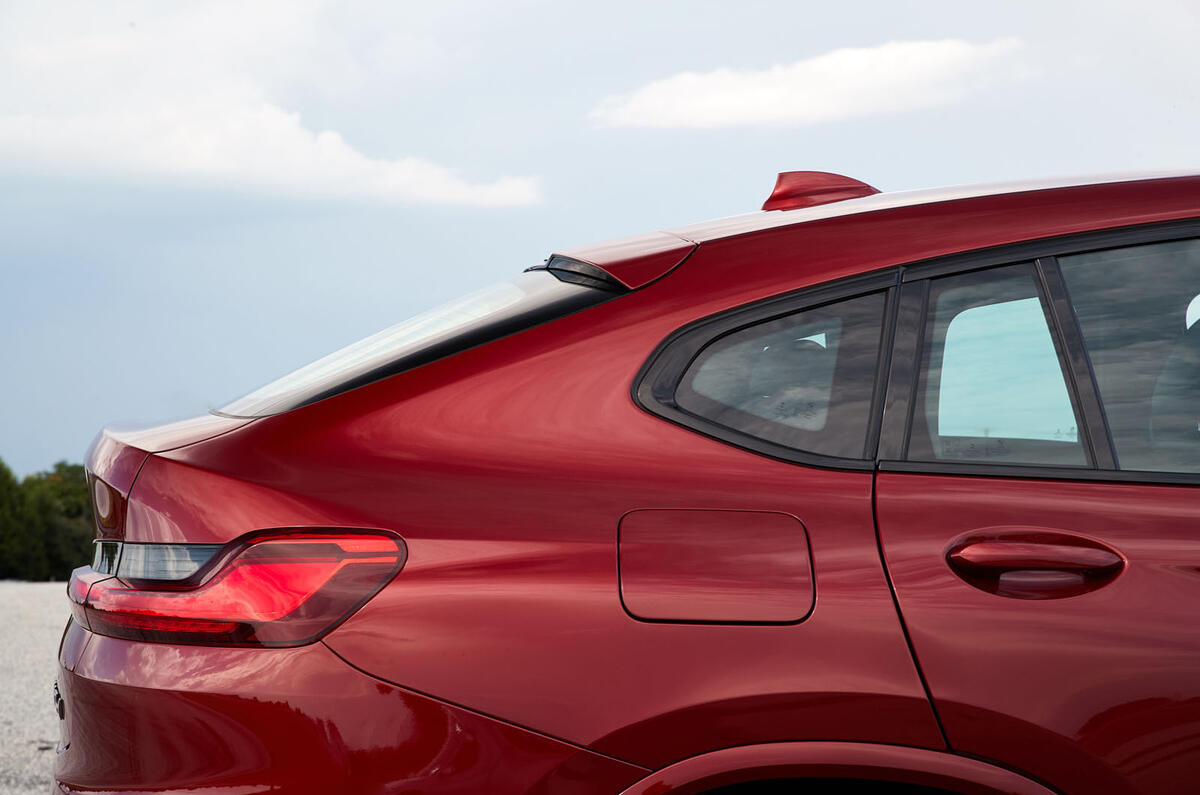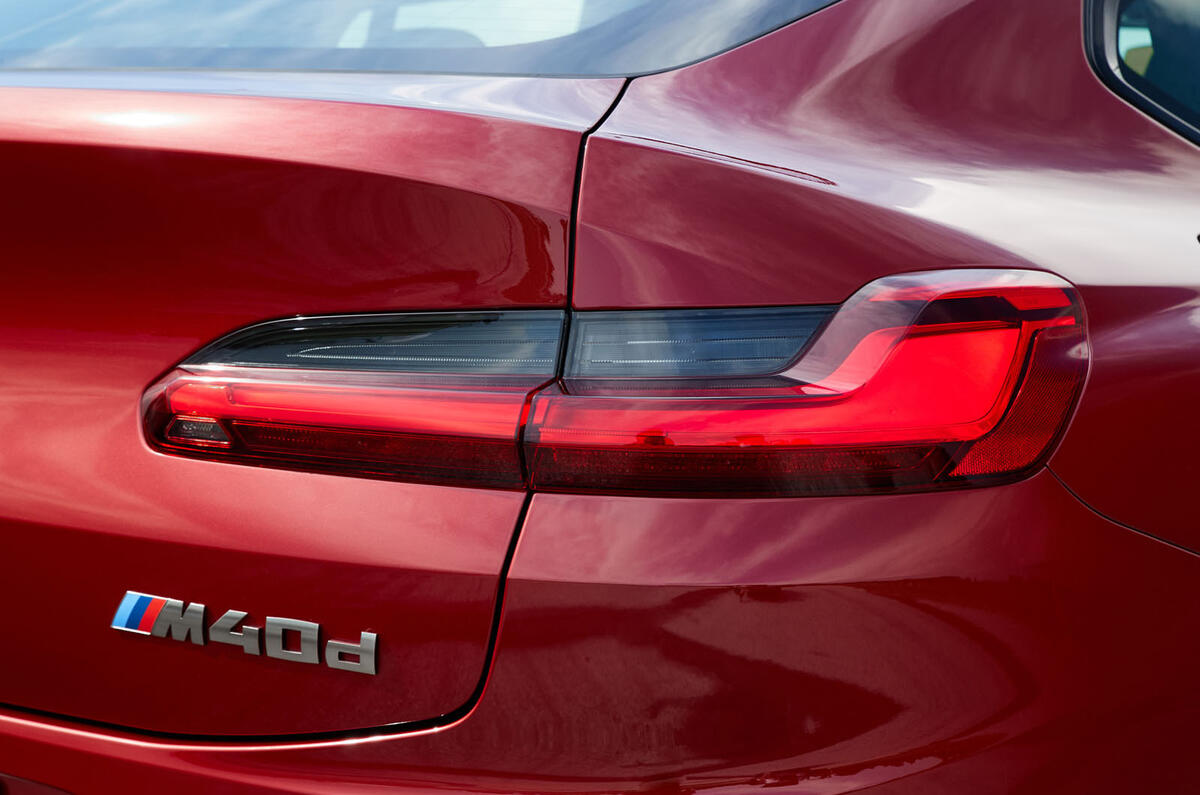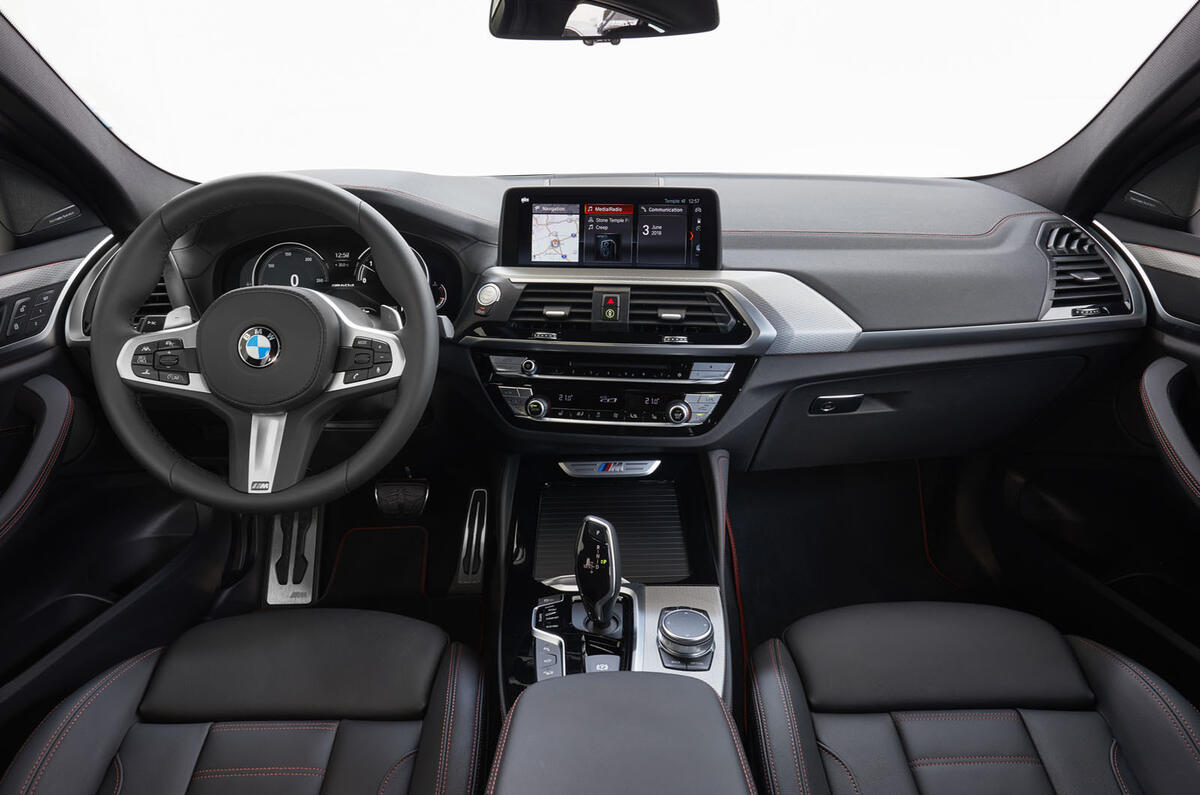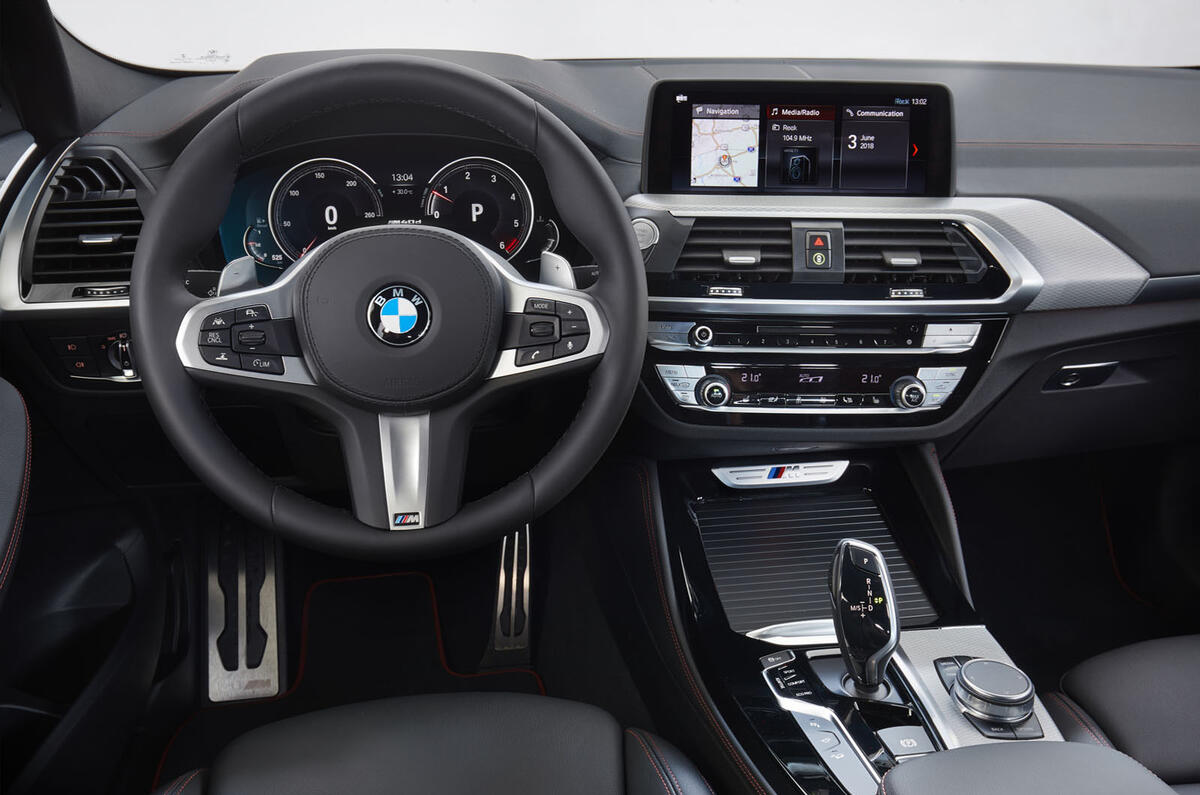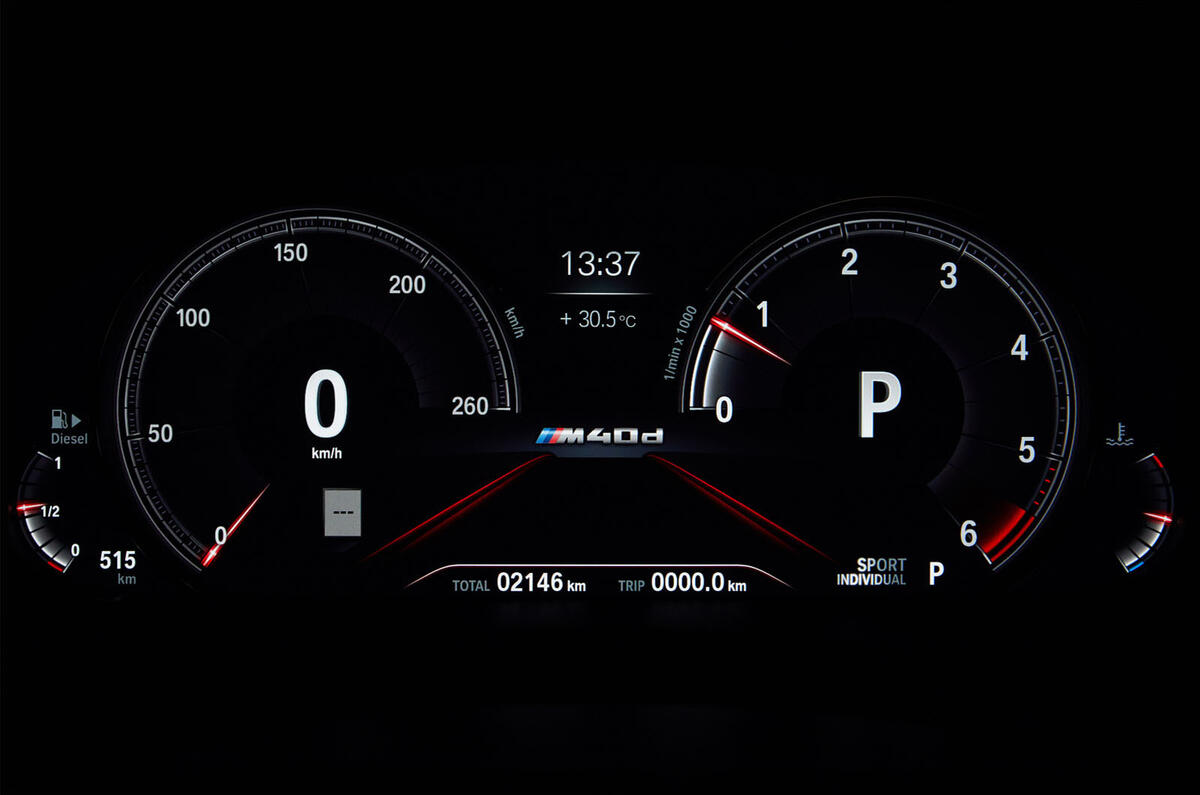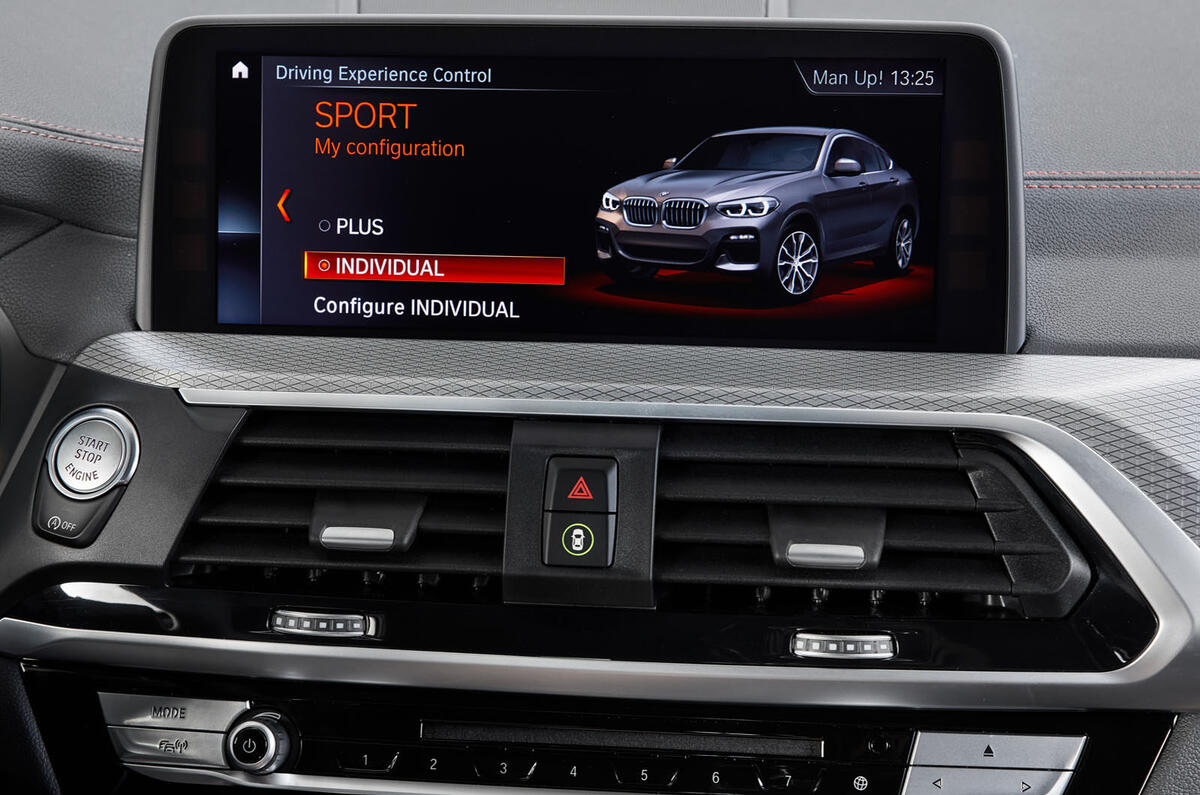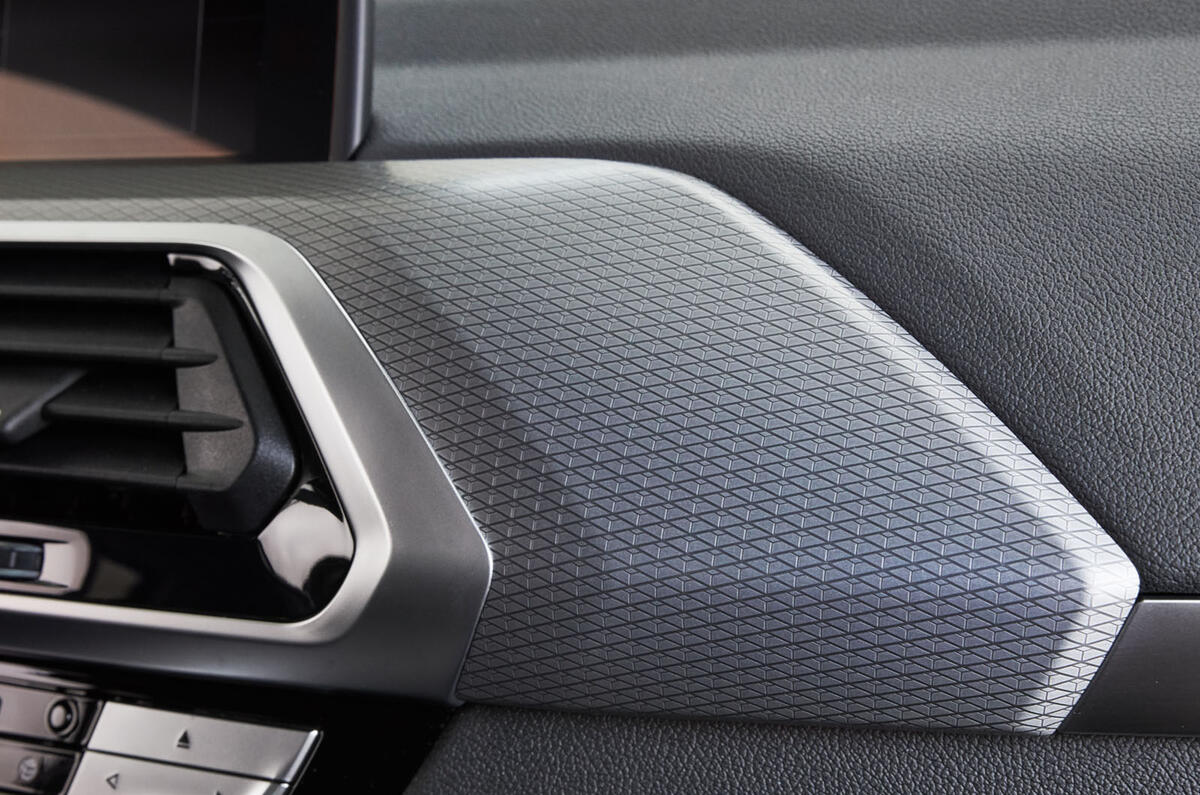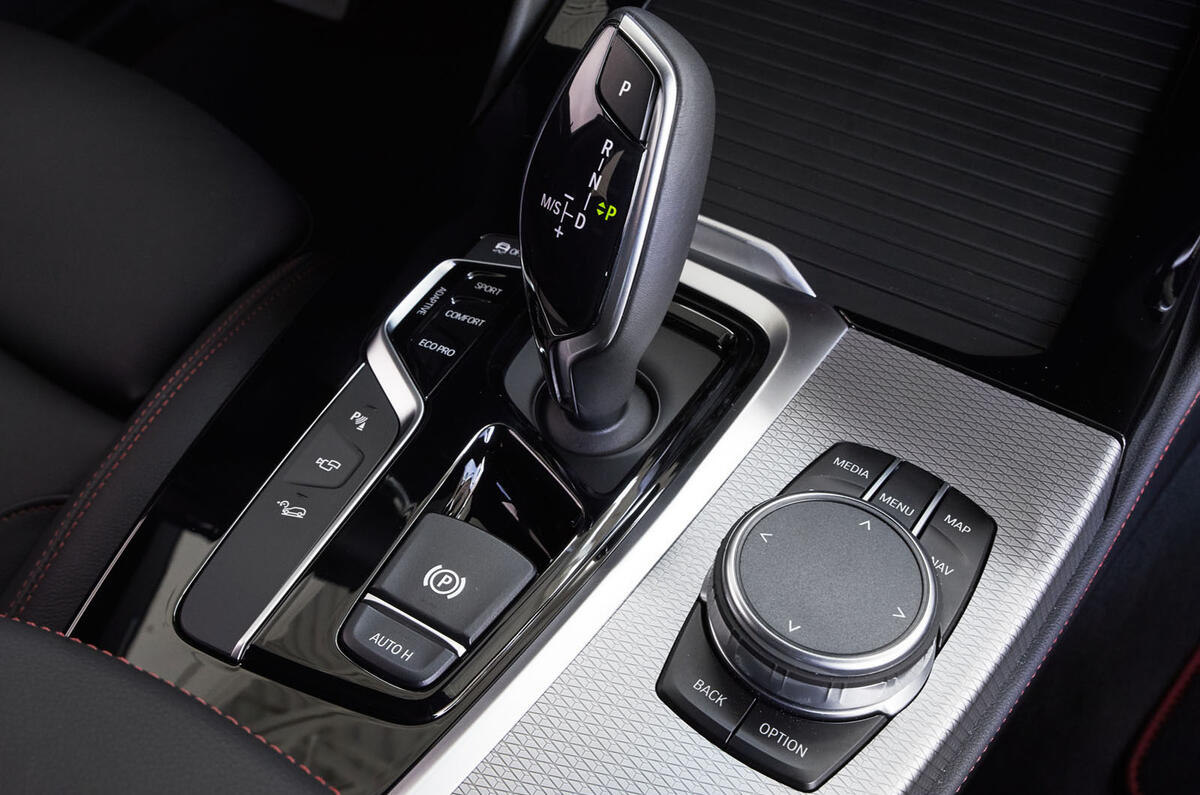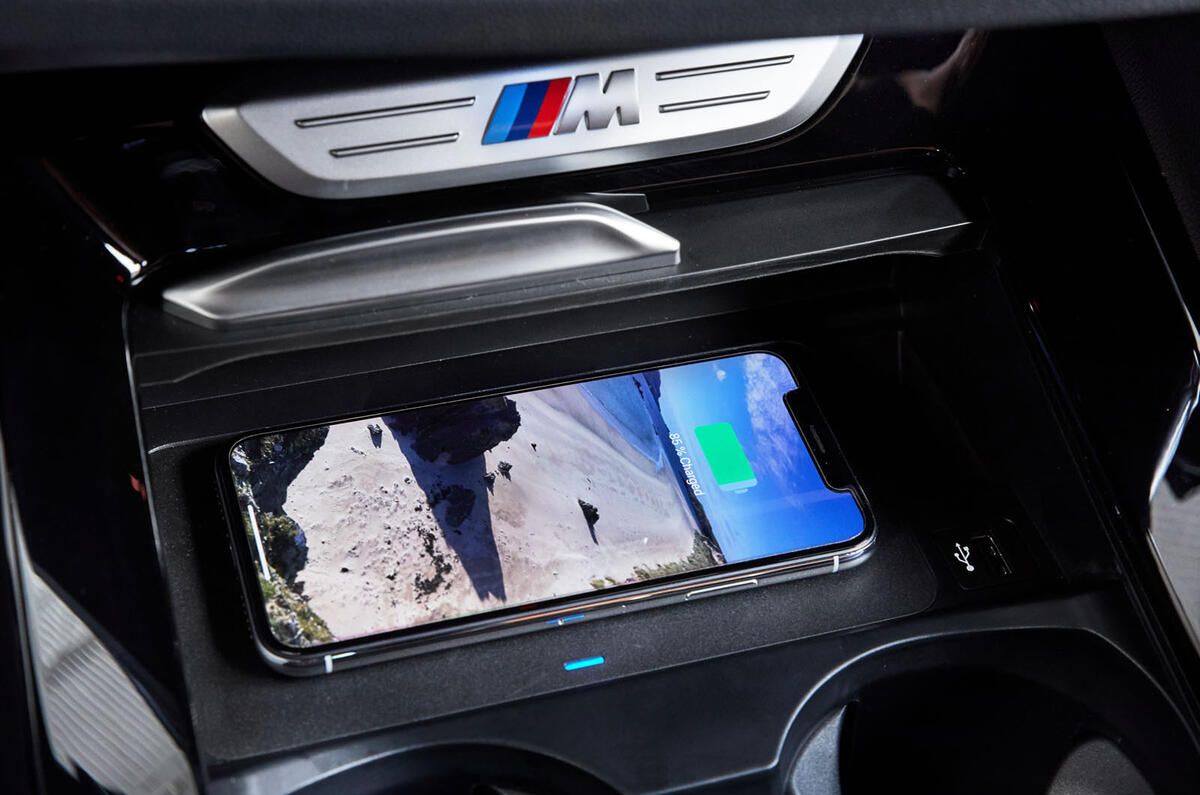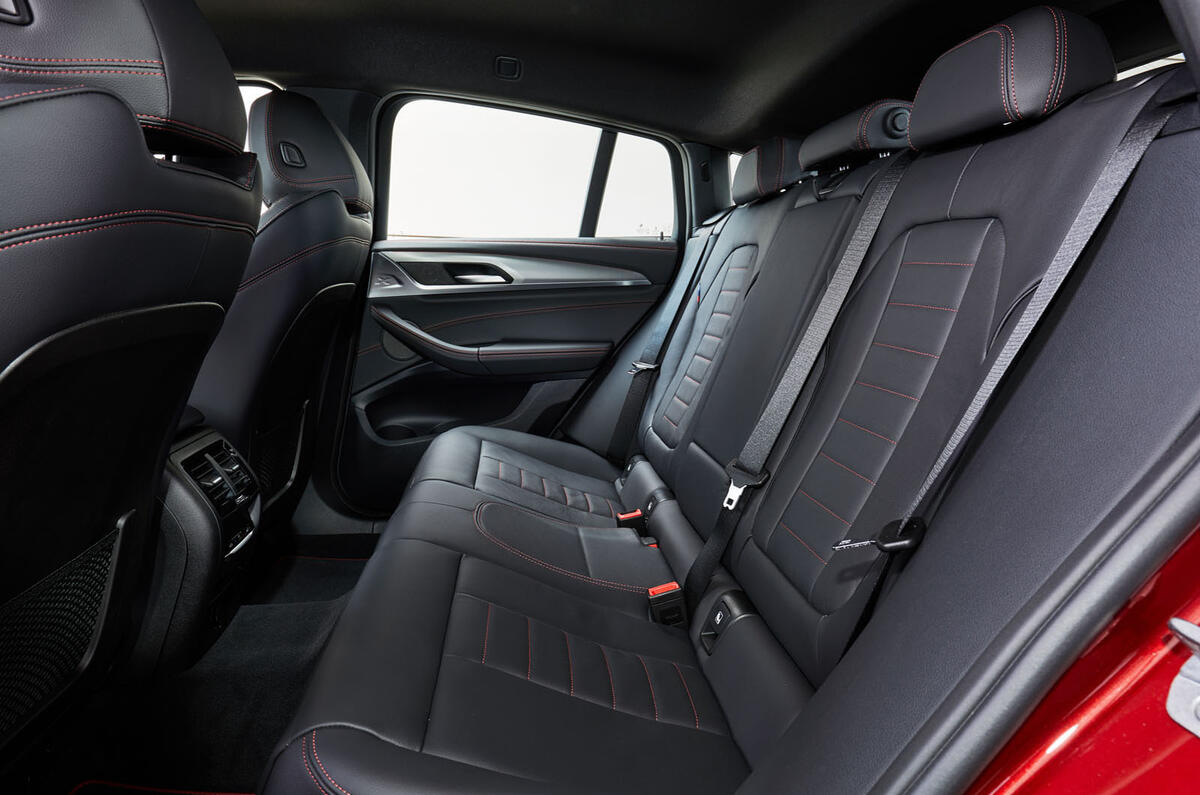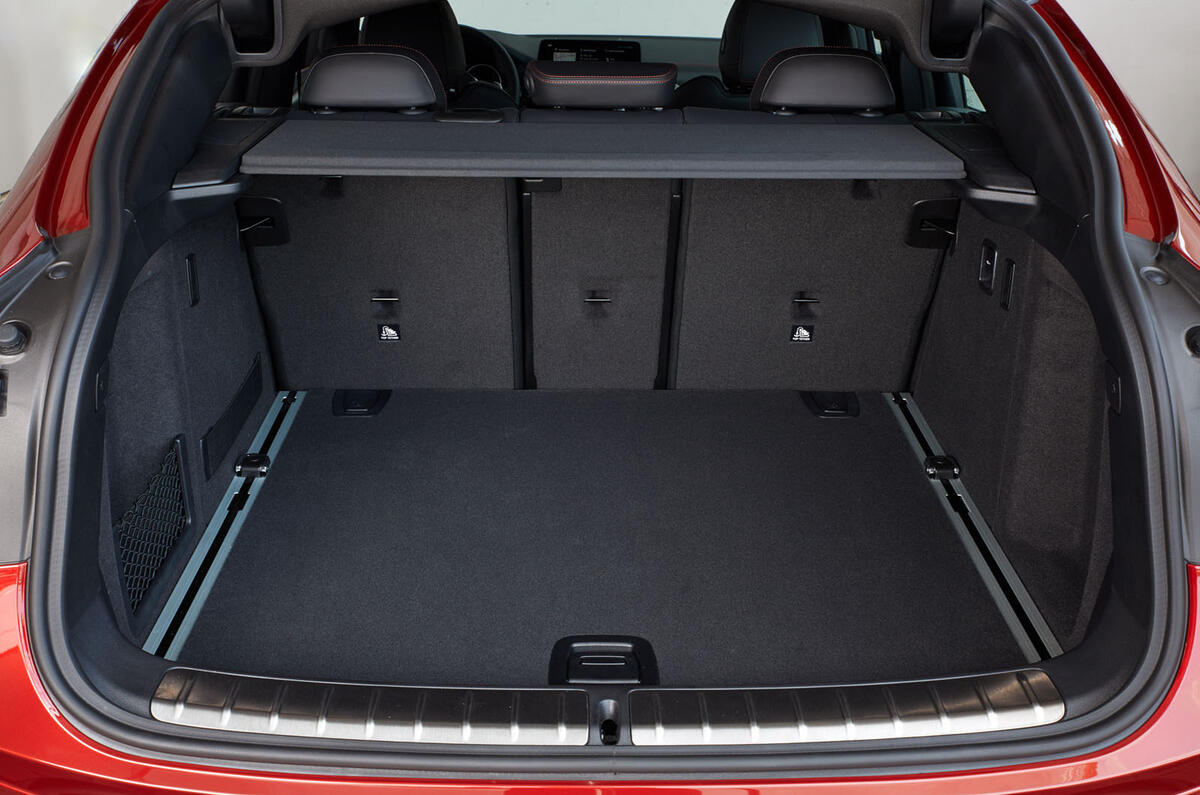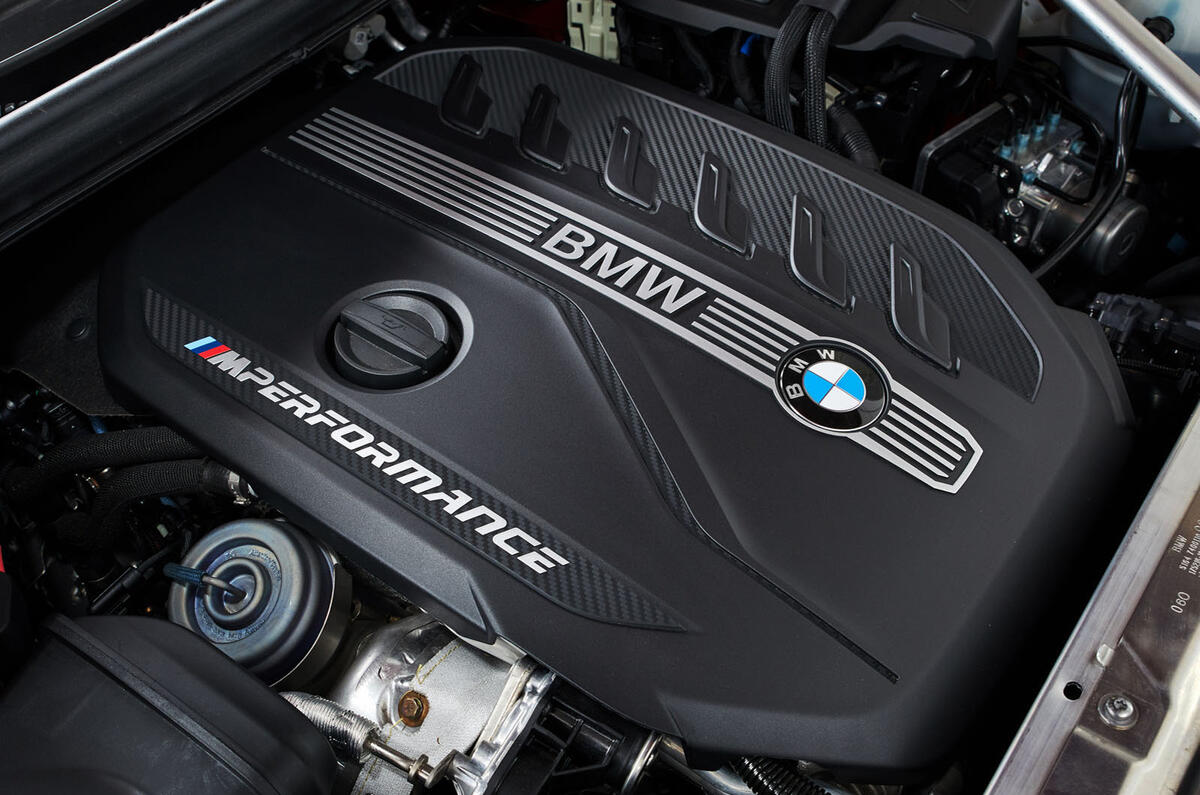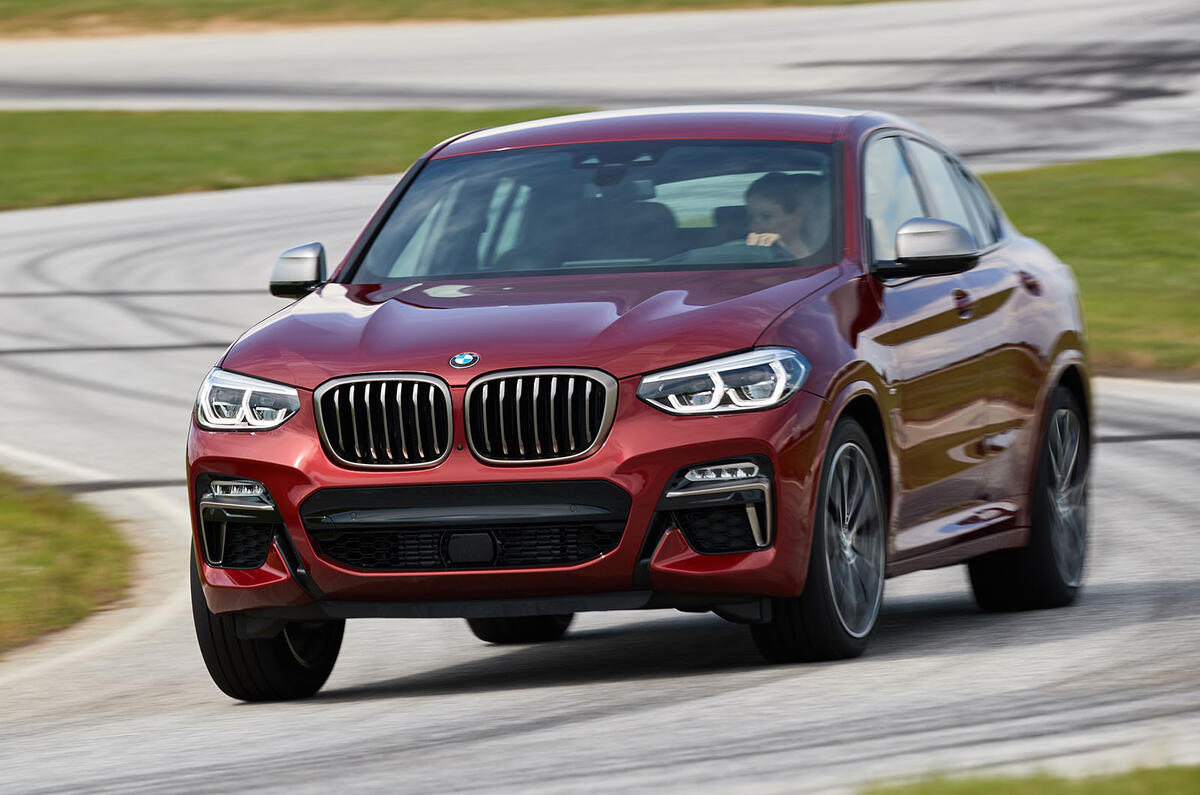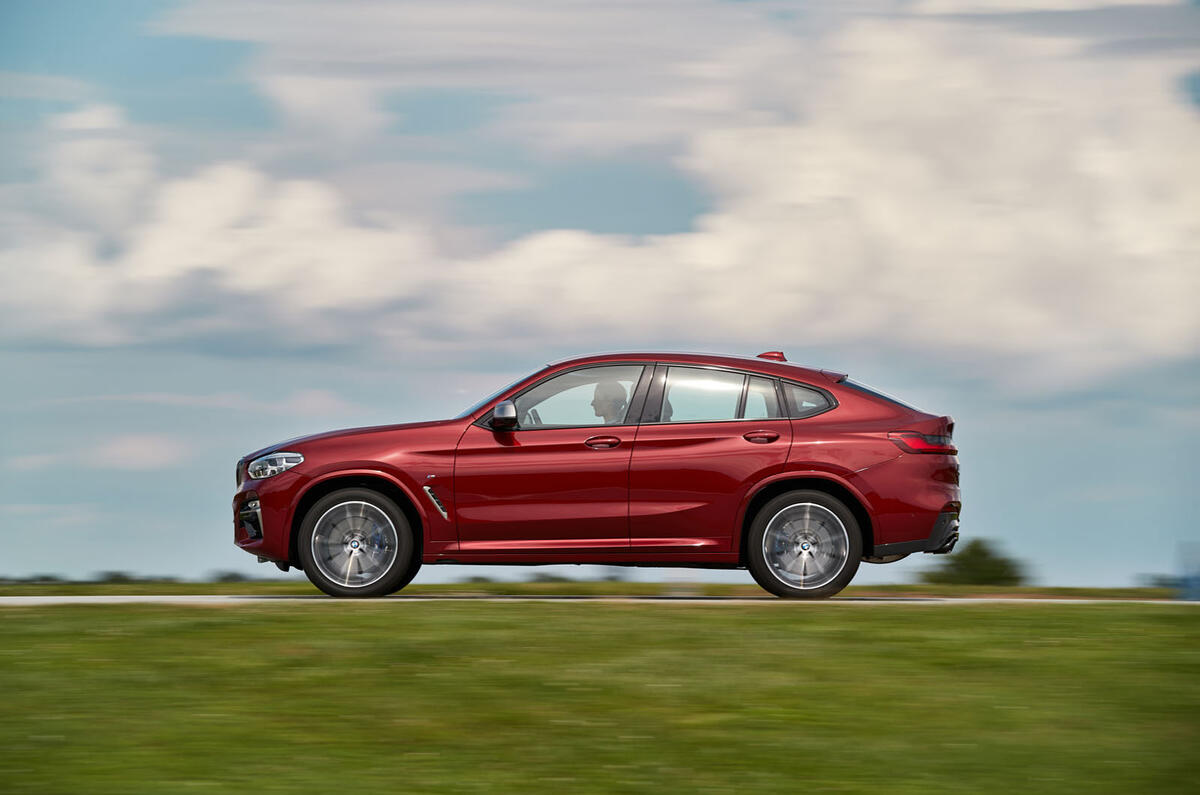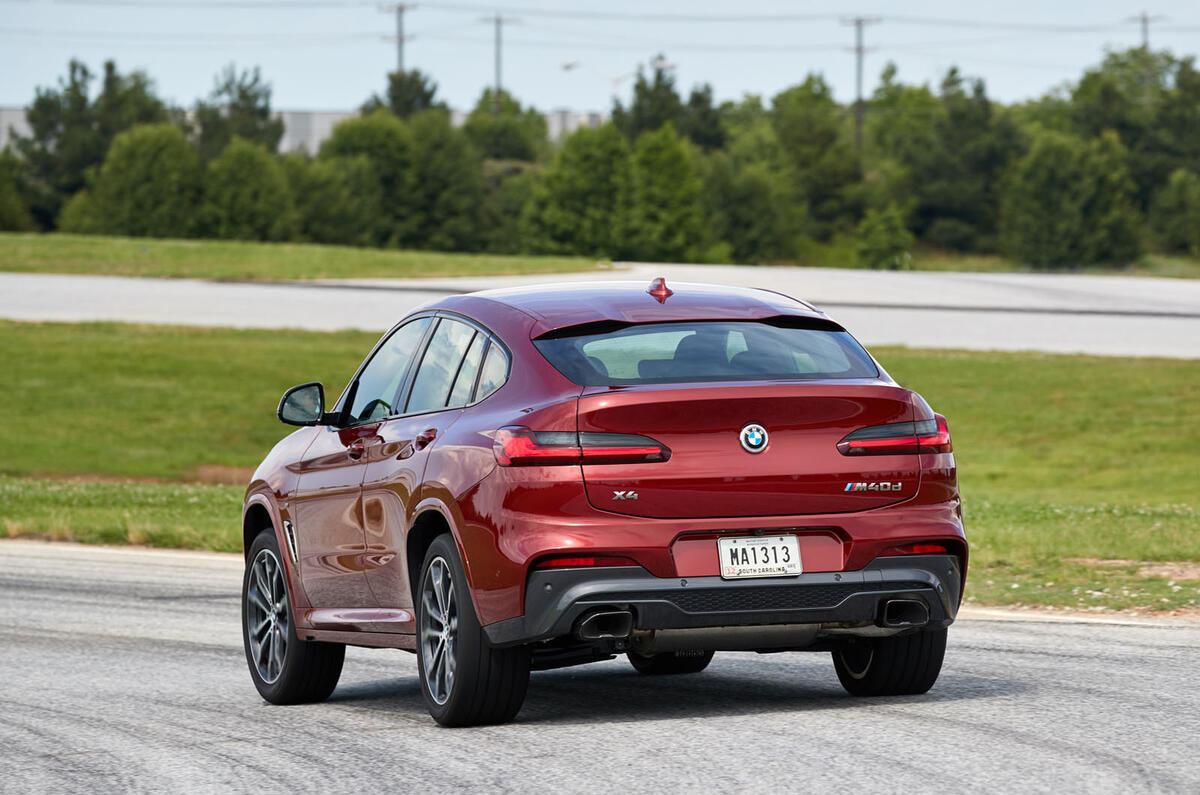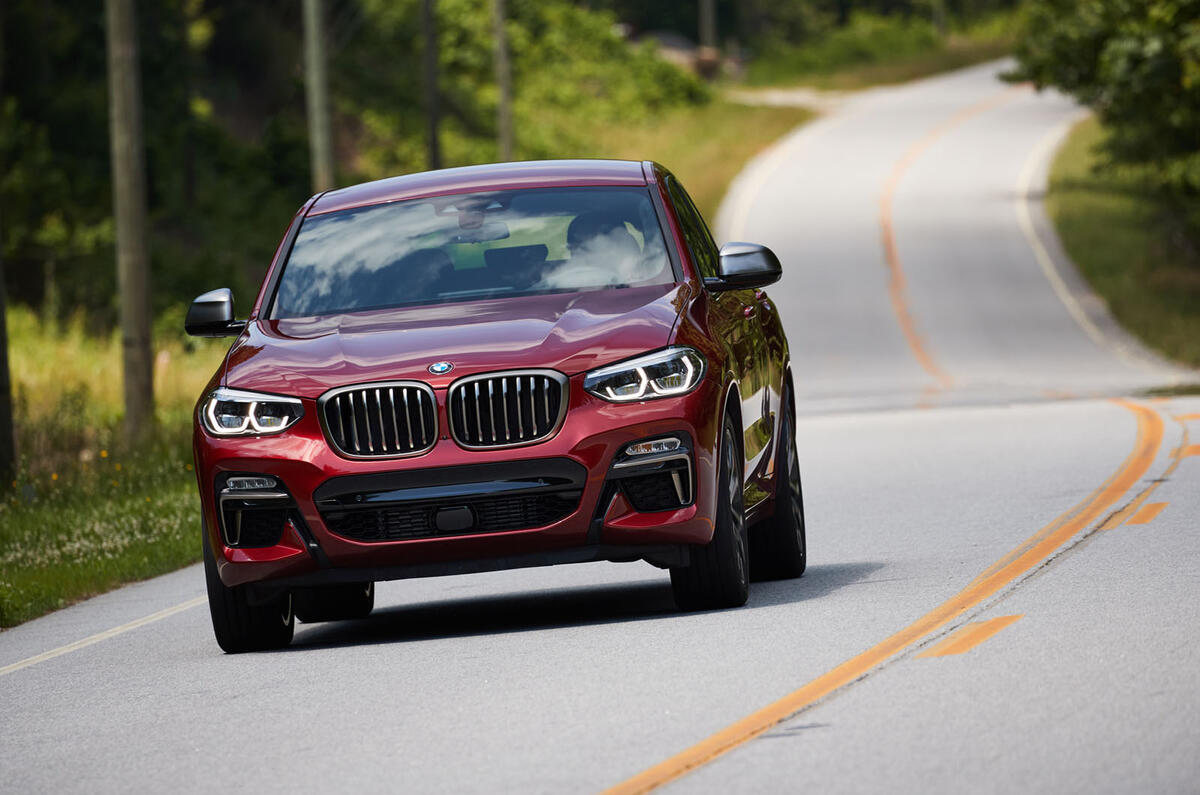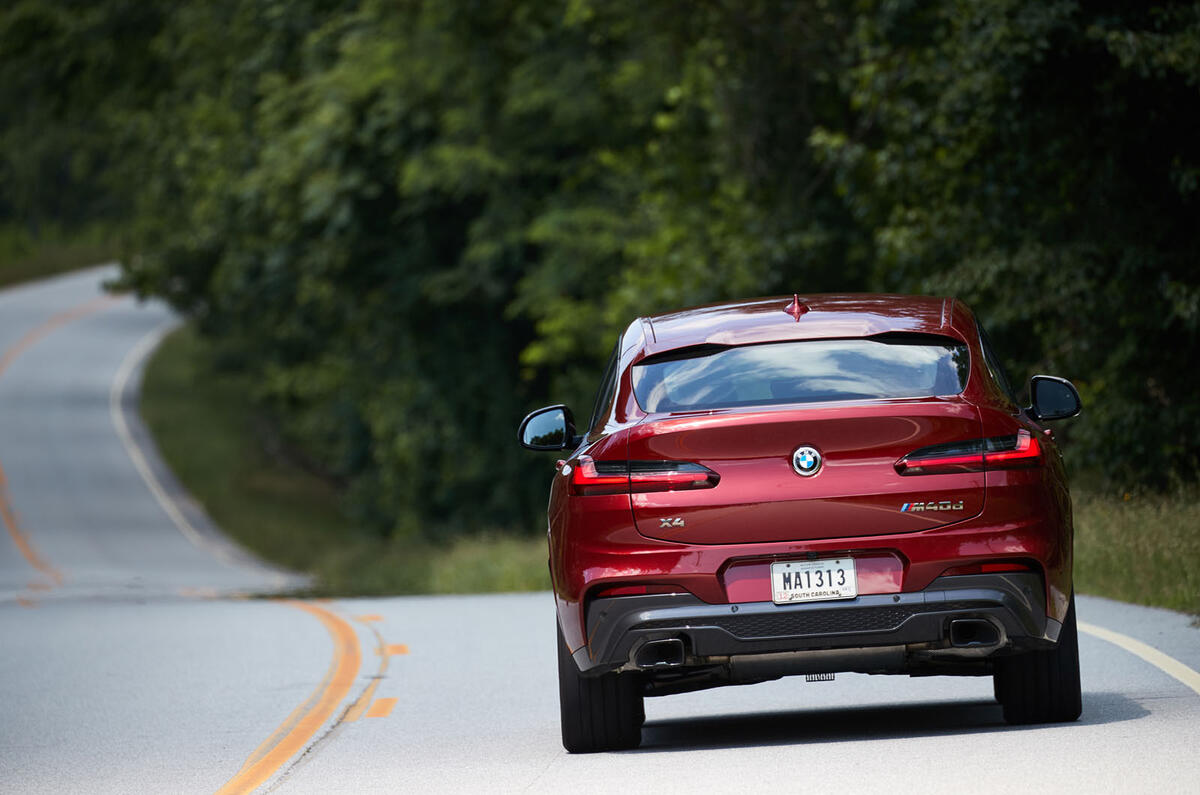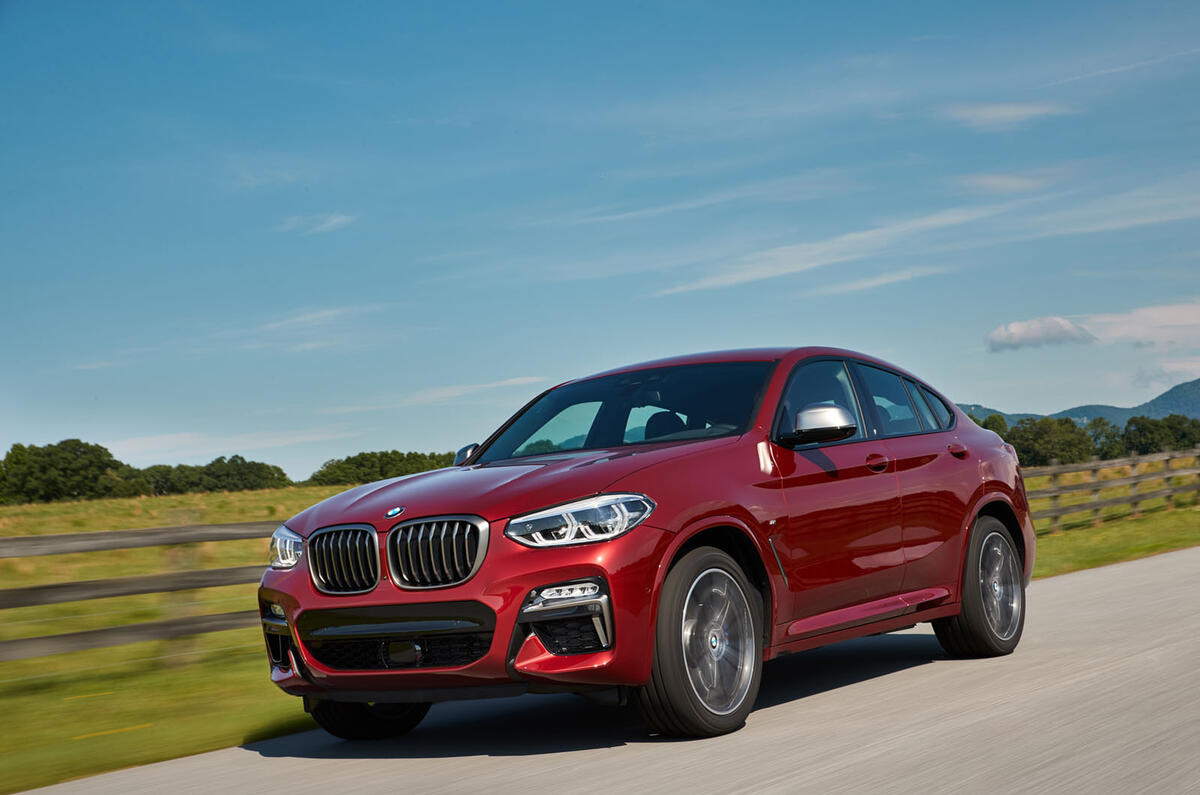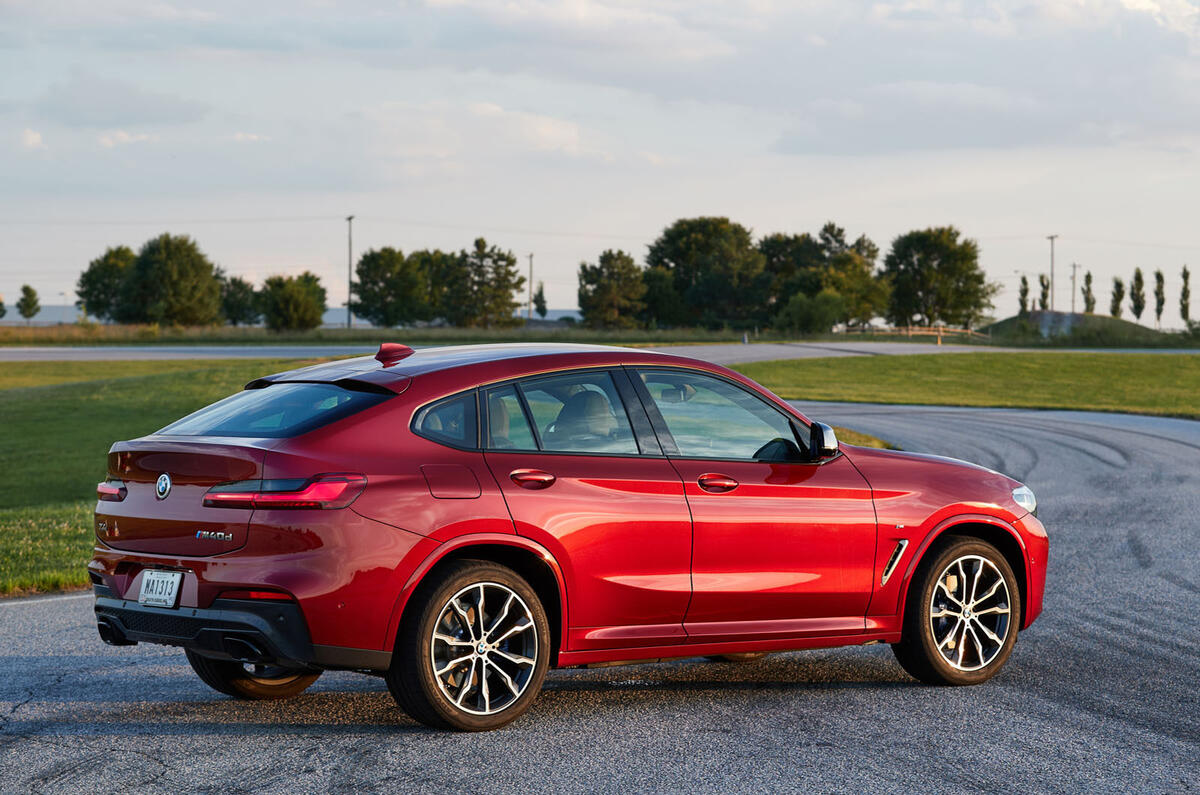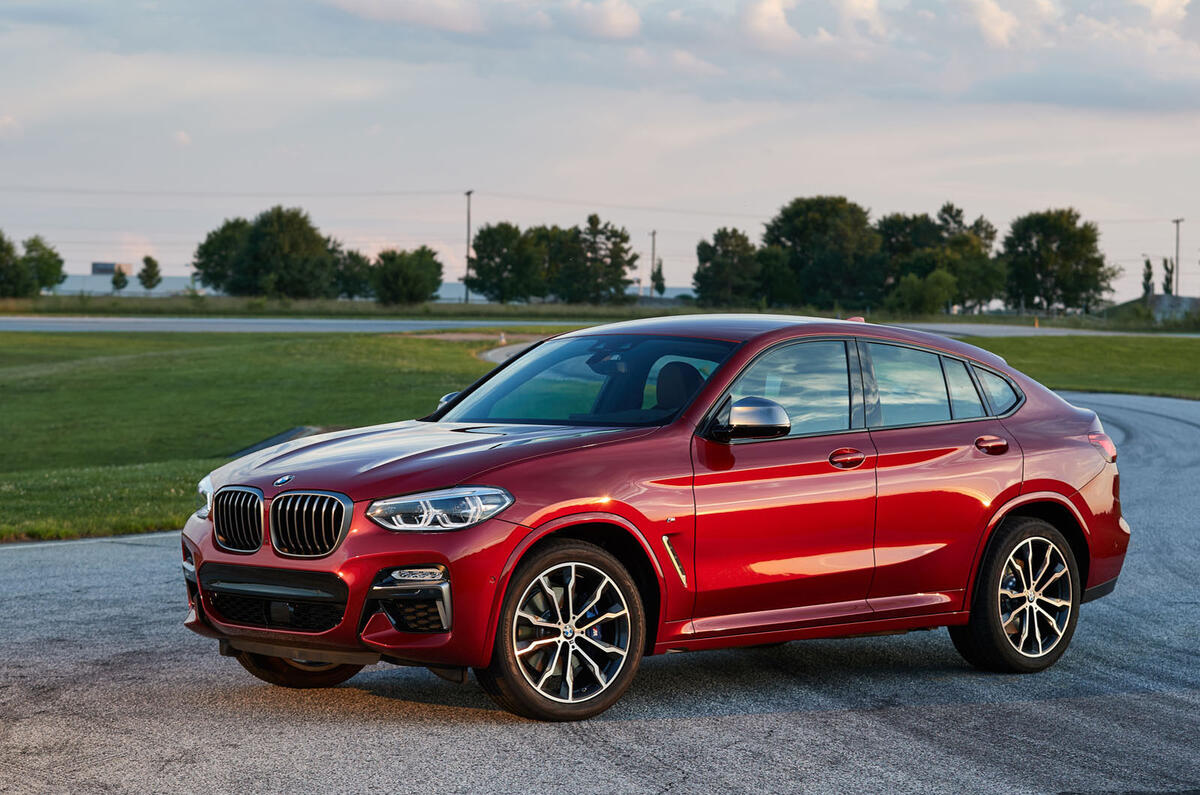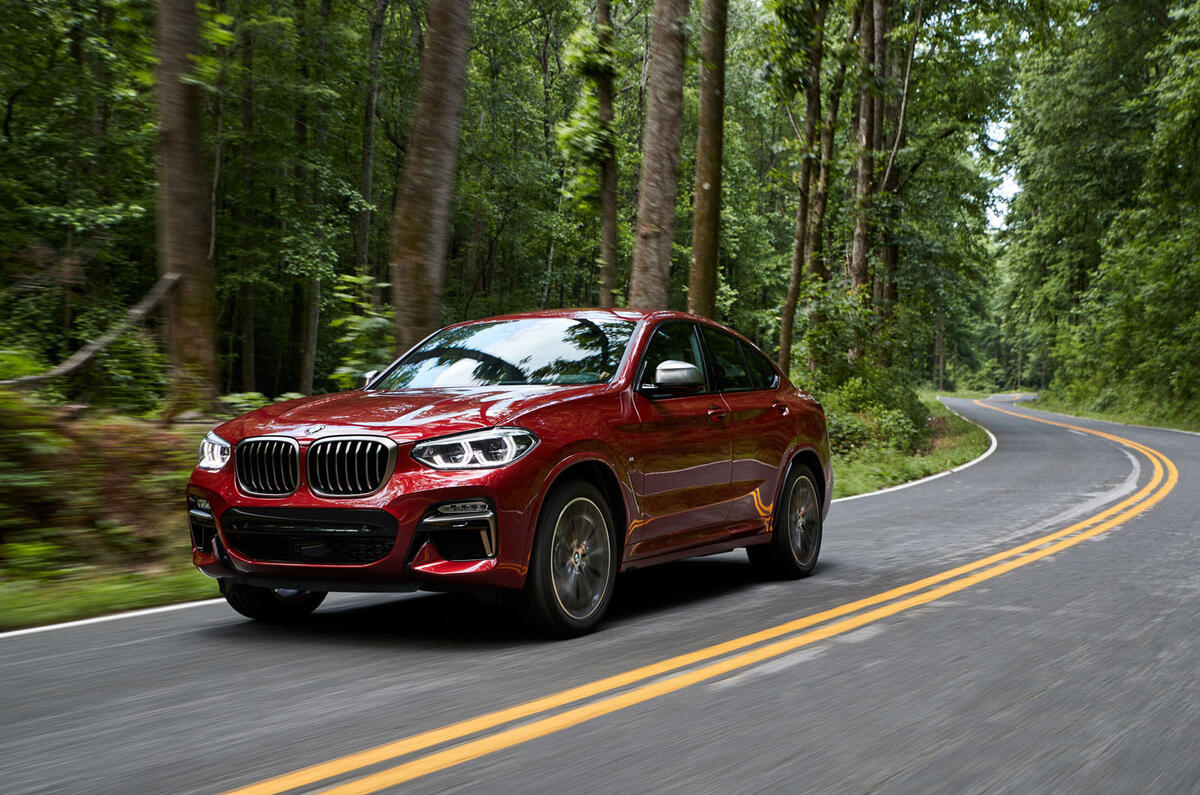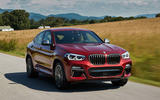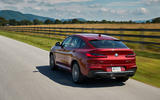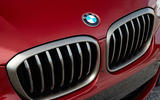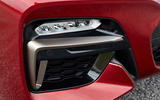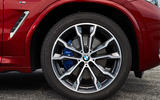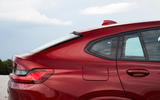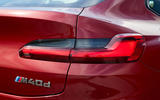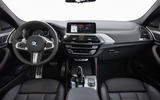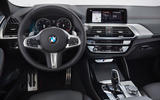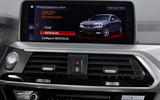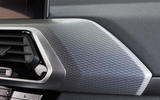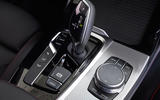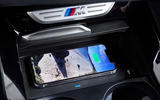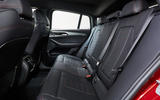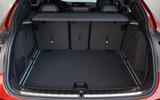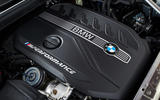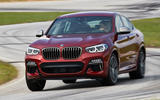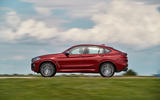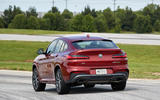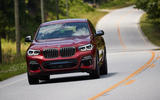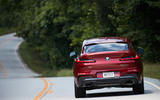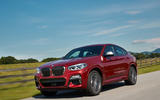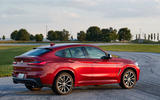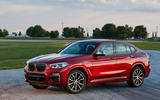The rise of the coupé-inspired sports utility vehicle is in full force — and none more so than in the premium mid-sized class.
Luxuriously equipped high-riding models such as the BMW X4, Land Rover Evoque, Mercedes-Benz GLC and Porsche Macan have proven particularly popular in the UK.
As a sign of just how competitive this class of crossovers has become, BMW has now launched a second-generation X4 just four years after the orginal model reached showrooms.
The decision, which was also forced in part by a need to link it with the model cycle strategy of the mechanically identical BMW X3 to meet production line efficiencies, suddenly gives BMW the advantage of having the most contemporary offering in what has become a truly lucrative market segment.
Understanding the X4's mechanics
The model tested here, the £55,315 M40d M Performance, is the initial flagship of the new line-up. It is offered alongside the xDrive20d, xDrive30d and M40i M Performance in the UK.
Running the latest evolution of BMW’s twin-turbocharged 3.0-litre diesel engine, it serves up 326bhp at 4400rpm and 501lb ft of torque on a relatively narrow band of revs between 1750rpm and 2750rpm.
The longitudinally mounted in-line six-cylinder is mated to a standard eight-speed Tiptronic automatic gearbox and, like all new X4 models, a fully variable four-wheel drive system to provide the most potent of the new diesel X4 models with a claimed 0-62mph time of 4.9sec and limited 155mph top speed, in combination with claimed fuel consumption of 47.9mpg and average CO2 emissions of 173g/km on the NEDC cycle.


